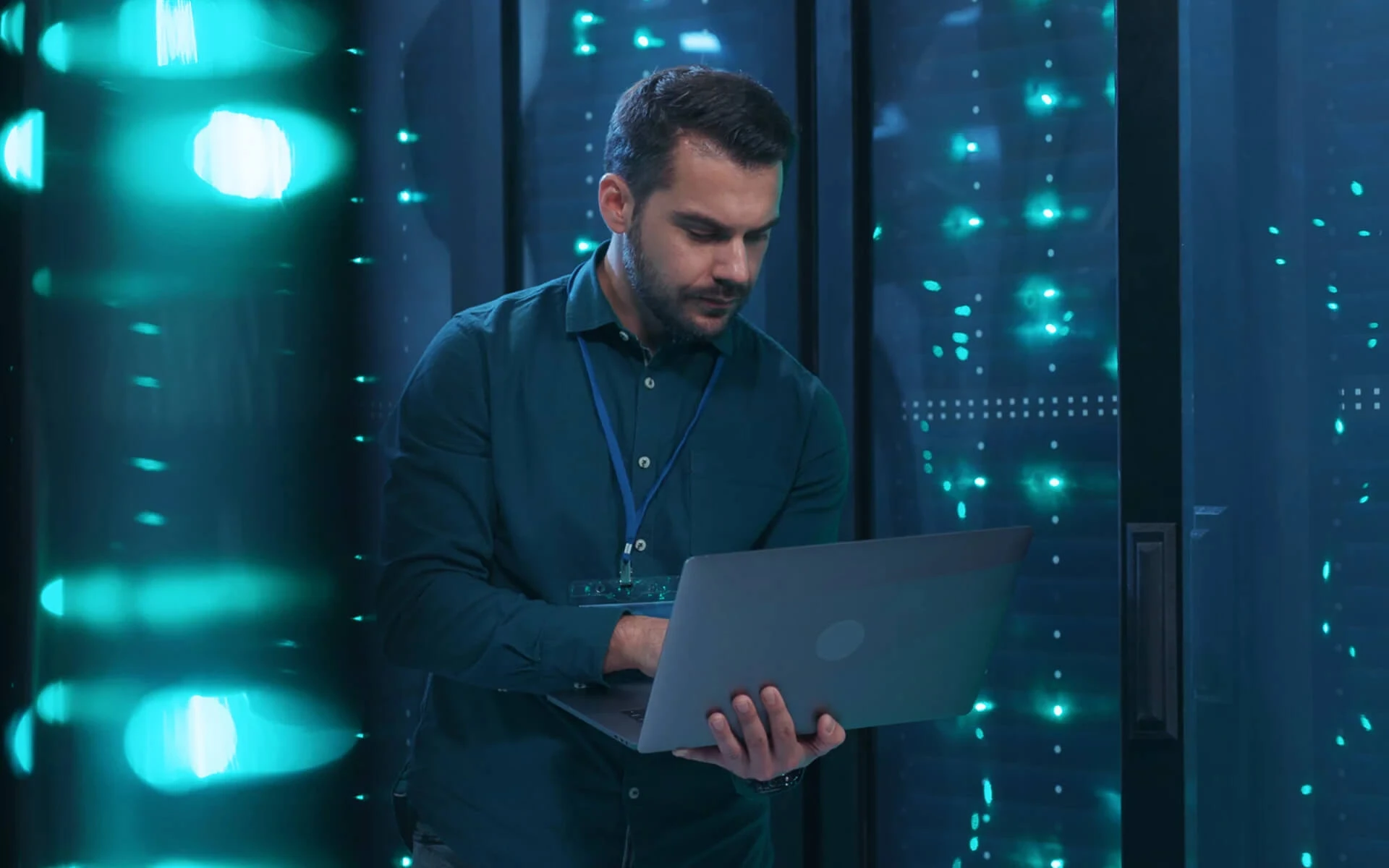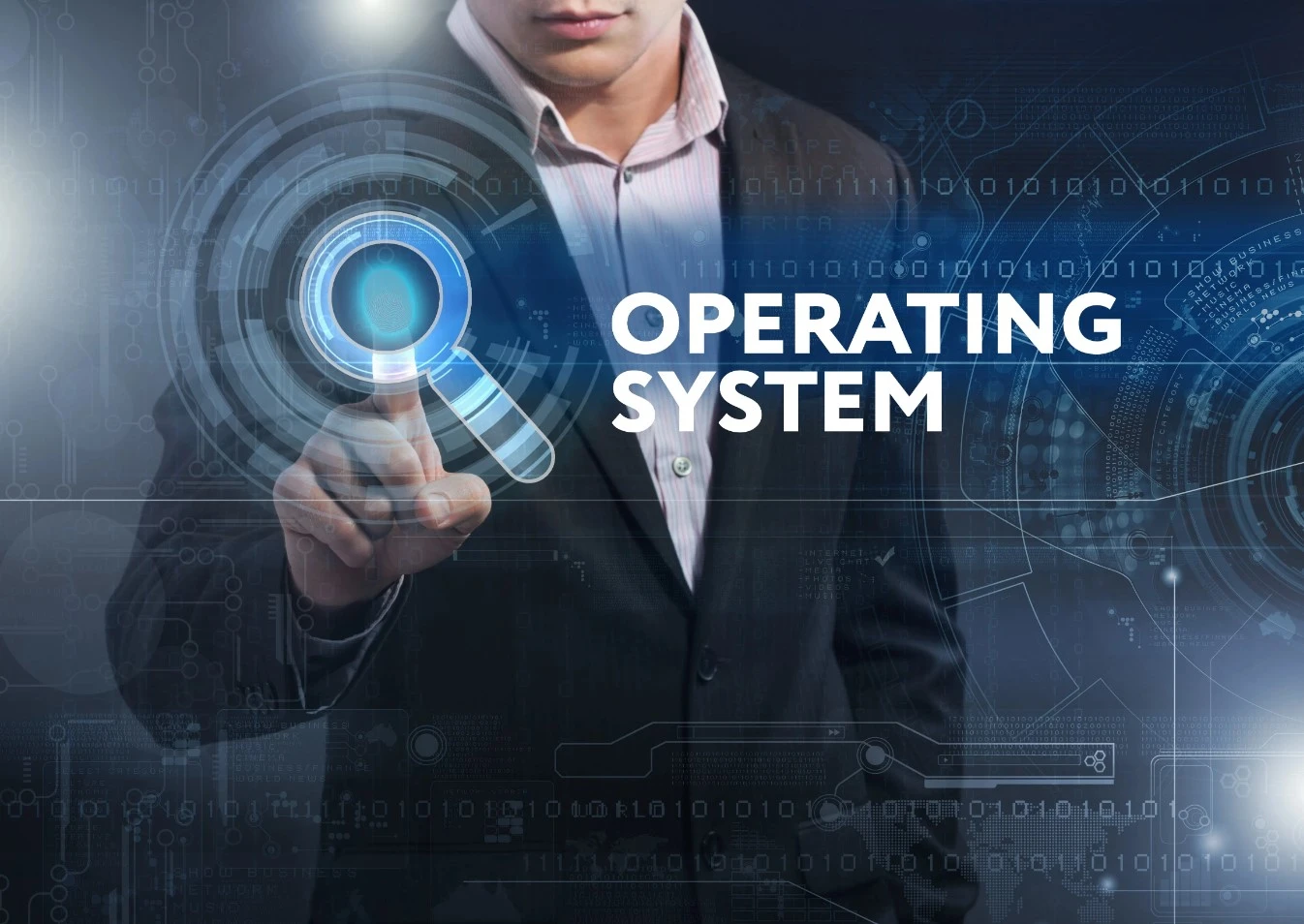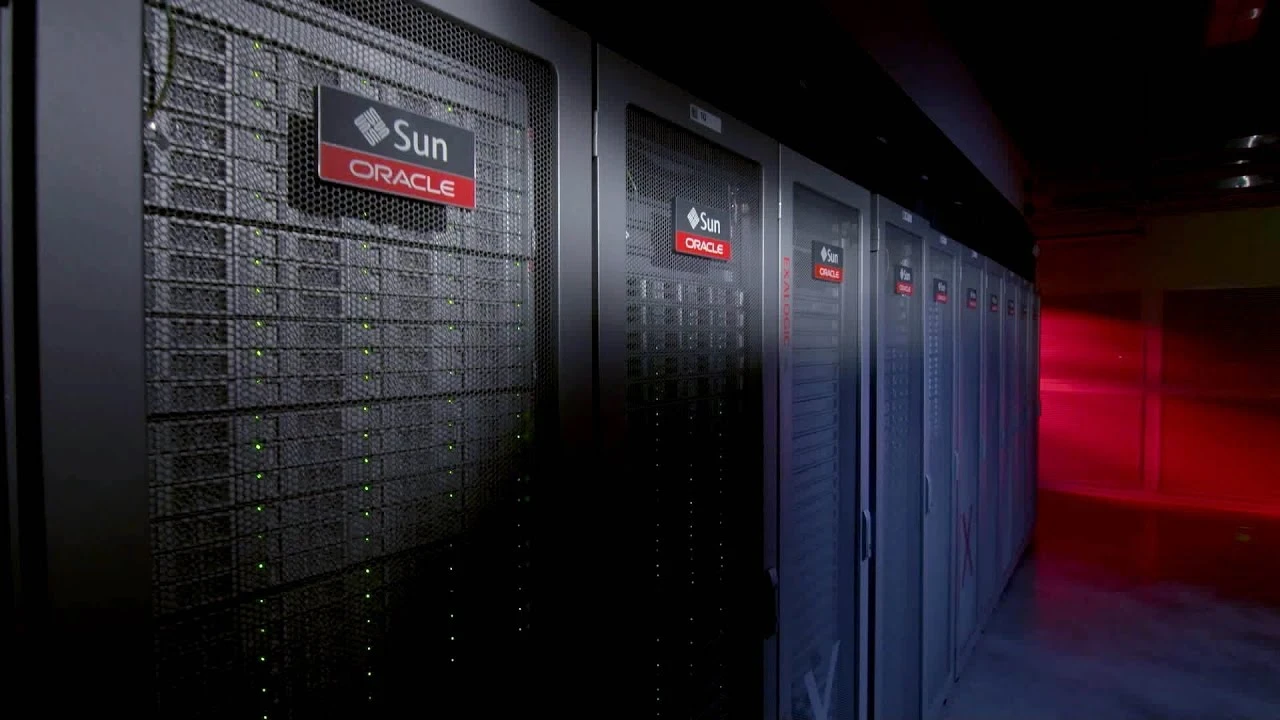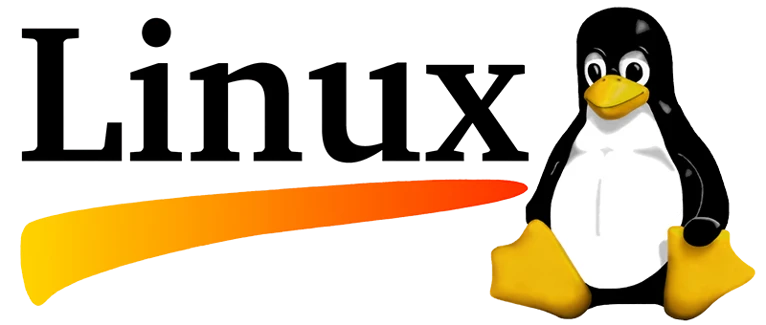Red Hat Ansible is an all-purpose software platform that renders enterprise applications with better automation control. It is built upon a clear syntax and intuitive programming language making it a simplistic approach for centralizing IT infrastructures. With the aid of Red Hat Ansible Automation Platform tools, users can carry out automation implementations while reducing the complexity of DevOps tasks.
This instructor-led, live training (online or onsite) is aimed at DevOps engineers, developers, and SysOps administrators who wish to employ the Red Hat Ansible Automation Platform for executing software development functions and orchestrating advanced IT processes.
All labs in this training can be carried out in DaDesktop, a collaborative training platform that enables the instructor and participants to interact with each other's machines in real time. Course content can also be customized to suit a wide array of use cases and requirements.
Hedefler:
Install and configure Red Hat Ansible Automation Platform within the preferred environment.
Familiarize with advanced Ansible features for centralizing and managing projects.
Utilize automation tools and higher-level resources of Red Hat Ansible to achieve CI/CD approach.
Perform administrative methods for better collaboration of larger teams.
Enhance DevOps tasks execution within the organization and optimize existing ones.
Integrate Ansible Automation Platform with other Red Hat distributions to maximize productivity.
Topics:
Introduction
Overview of Red Hat Ansible Automation PlatformFeatures and Architecture
Reviewing fundamental Ansible concepts and principlesUnderstanding core Ansible contents and resources
Installing and Setting Up Red Hat Ansible Automation Platform
Prerequisites for Ansible installationUpgrading the current Ansible version
Configuring Red Hat Ansible Automation Platform
Performing advanced environment configuration methods Working with higher-level Ansible CLI commands
Running Ansible Playbooks and Practicing Components Delegation
Executing and managing specific use cases for tasks and plays
Leveraging Re-usable Ansible Artifacts and Automating Complex Tasks with Inventory
Handling Data Interaction Between Ansible Tools and Systems
In-Depth Usage of Traditional Ansible Components and Ad-Hoc Commands
Utilizing Advanced Ansible Automation Syntax with YAML
Managing unsafe or raw data strings Using YAML anchors and aliases for increased flexibility
Manipulating Complex Data and Transforming String Functionalities in Ansible
Working with Expandable Ansible Plugin Architecture
Types of Ansible plugins and how to maximize their uses
Employing Advanced Playbook Keywords and Command-Line Tools of Ansible
Overview of Complex Module Operations with Red Hat Ansible
Managing and Coordinating Ansible Rolling Updates
Accessing Red Hat Ansible Tower Using Ansible Automation Platform
Integrating Ansible with Red Hat Advanced Cluster Management
Interacting with RESTful APIs using Playbooks and Tower
Automating Build Pipelines and Streamlining Workflows in Ansible Automation Platform
Developing CI/CD Approaches with Ansible Automation Platform and Tower
Creating and Writing Custom Modules and Plugins for Ansible Development Projects
Adding and optimizing local modules and plugins Conventions and best practices for Ansible modules development
Operating Red Hat Ansible Automation Platform with Python 3.x
Debugging Modules and Tips for Documentation Formatting
Overview of Ansible Modules Development in External Platforms
Guidelines for Ansible Automation in Microsoft, AWS, and more
Testing Ansible with Efficient Methods and Monitoring Module Lifecycles
Advanced development practices for other Ansible resources and utilities
Maximizing the Python API of Red Hat Ansible Automation Platform
Working with Ansible Galaxy and Employing Metadata Structures
Leveraging Public Cloud Services in Alignment with Ansible
Deploying Cloud-Native Applications Using Ansible Automation
Migrating to a cloud-native platform with Ansible Executing advanced Red Hat OpenShift implementations
Automating Networks with Ansible and Responding to Dynamic Operations Workload
Working with Ansible network modules and parsing Ansible data Managing timeout, proxy, and other issues Practicing virtualization and containerization methods
Maintaining and Administering Ansible Automation Platform and Components
Demonstrating the Most Common Automation Cases to the Organization
Troubleshooting Red Hat Ansible Automation Platform
Summary and Conclusion





















